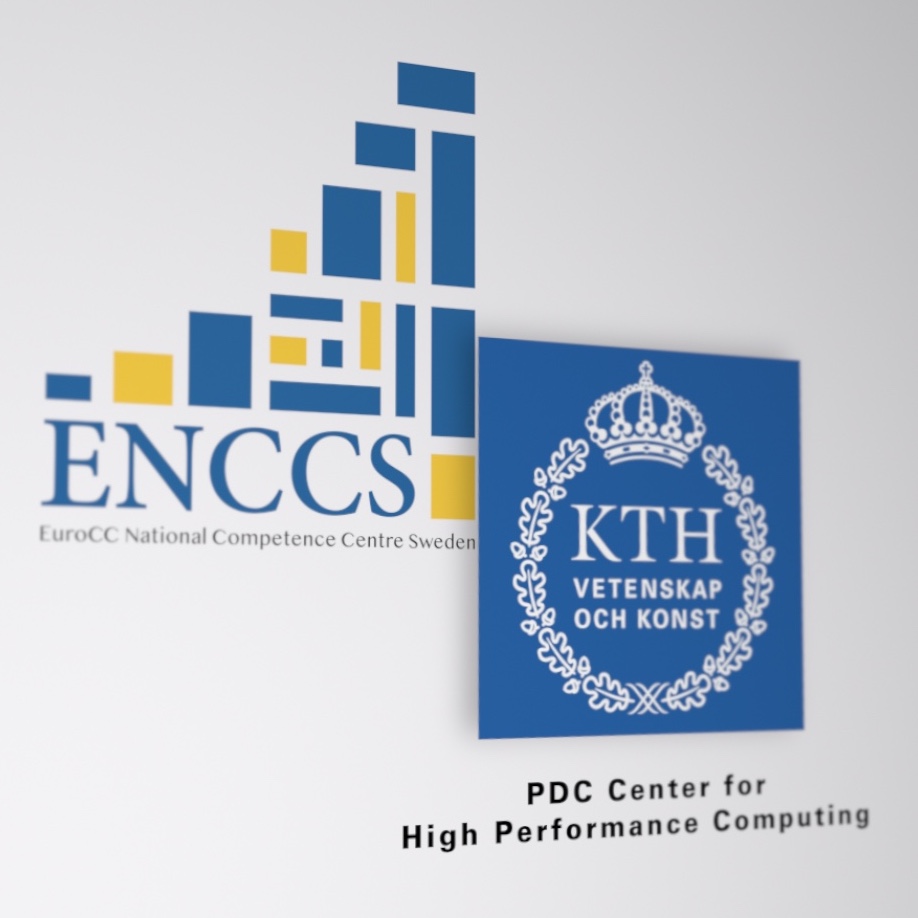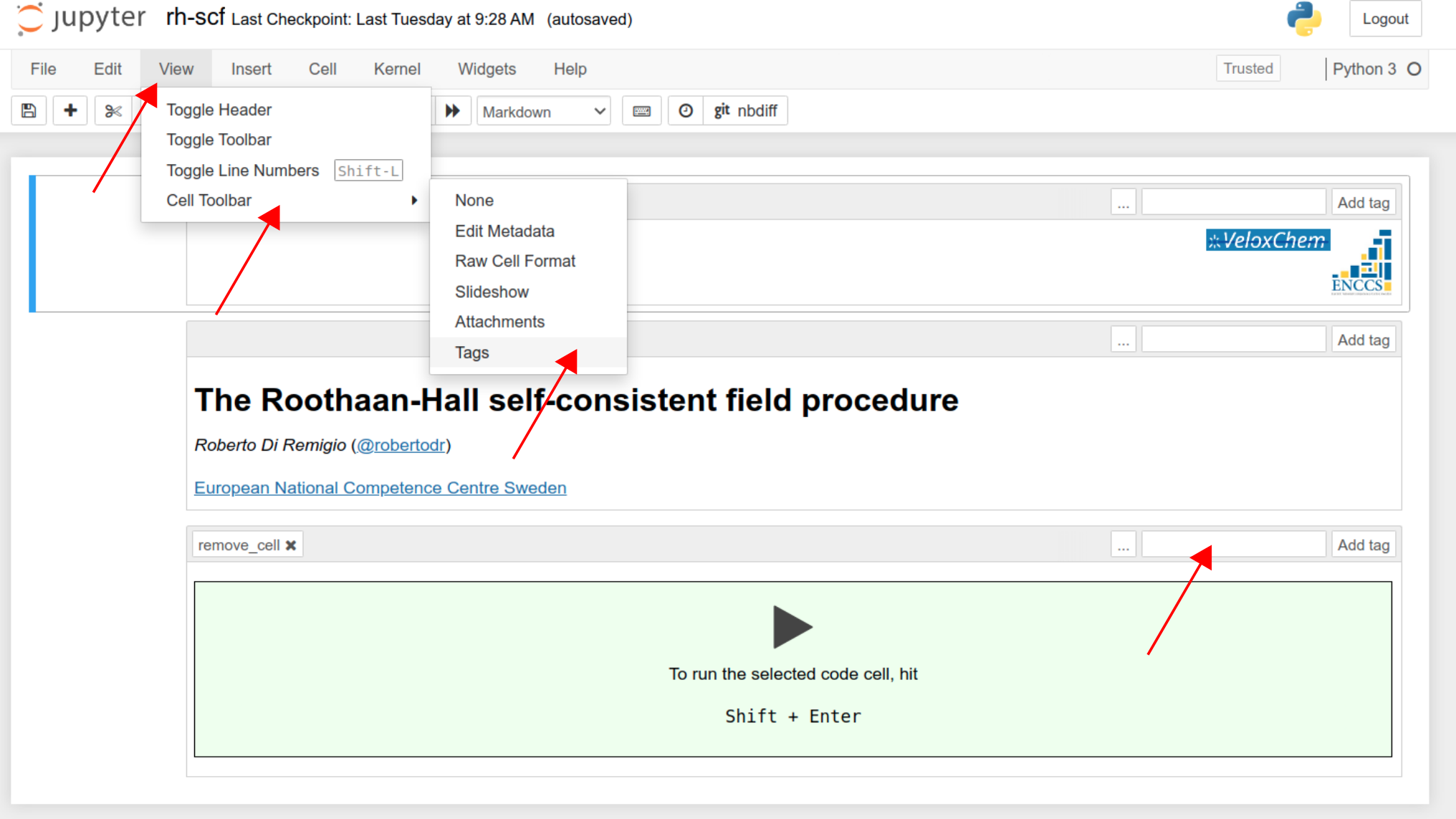Instructor’s guide
Contents
Instructor’s guide¶
Editing the material¶
This website uses sphinx-lesson. Pages can be added in a variety of formats:
Jupyter notebooks (
.ipynb), like all the pages for Day 1.reStructuredText (
.rst), as usual for Sphinx-based documentation pages.Markdown (
.md), like all the pages for Day 2.
However, note that we do not use plain Markdown, but the MyST parser (short for Markedly Structured Text) that allows for richer content. For example, it is possible to embed Jupyter notebook input and/or output cells via MyST-nb or even write entire notebooks in plain-text!
Here are some quick guides to .rst and .md formats:
For
MySThttps://myst-parser.readthedocs.io/en/latest/using/syntax.htmlFor reStructuredText https://docutils.sourceforge.io/docs/user/rst/quickref.html
For
MyST-nbhttps://myst-nb.readthedocs.io/en/latest/use/markdown.html
Useful notes on Jupyter notebooks¶
Sometimes it’s necessary to hide and/or remove content from a notebook when using it as training material. This can be accomplished with tags.
In Jupyter notebooks¶
In this example, we want to remove the cell entirely when rendering it as a webpage.
In MyST-nb¶
In this example, we only want to show the output of executing the cell.
```{code-block} ipython3
:tags: [remove-input]
import py3Dmol as p3d
v = p3d.view(width=400, height=400)
with open("inputs/porphyrin.xyz", "r") as fh:
porphyrin_xyz = fh.read()
v.addModel(porphyrin_xyz, "xyz")
v.setStyle({'stick':{}})
v.zoomTo()
v.show()
```
Learning outcomes¶
Familiarize with VeloxChem.
Show efficient usage on Dardel.
Give enough information to adapt to HPC clusters similar to Dardel, in particular LUMI-C.
First iteration¶
This workshop is an offshoot of the earlier VeloxChem: quantum chemistry from laptop to HPC. In the future, we might decide to merge the two into one single lesson, taught in more that 2 half days.
Day 1 - Thursday 3 March 2022
Day 1 is a mix of lectures and interactive work.
The introductions is longer than usual because it includes a 10-minute overview on the VeloxChem project.
Episode 2 Modern HPC architectures also gives details about Dardel’s architecture.
Episode 3 is mostly a lecture. It’s delivered as a notebook with interactive plots that attendees can play with live.
The two “scaling study” episodes are done in breakout rooms after a short introduction in the main room.
9:00 - 9:20 |
Welcome and introduction to the training course |
9:20 - 9:40 |
|
9:40 - 9:45 |
Break |
9:45 - 10:15 |
|
10:15 - 10:25 |
Break |
10:25 - 10:55 |
|
10:55 - 11:05 |
Break |
11:05 - 11:35 |
|
11:35 - 11:45 |
Break |
11:45 - 12:15 |
An overview of electron-repulsion integral evaluation algorithms |
12:15 - 12:30 |
Wrap-up |
Day 2 - Friday 4 March 2022
All episodes are done in breakout rooms after a short introduction in the main room.
9:00 - 9:10 |
What did we cover yesterday? |
9:10 - 9:40 |
|
9:40 - 9:50 |
Break |
9:50 - 10:30 |
|
10:30 - 10:40 |
Break |
10:40 - 11:20 |
|
11:20 - 11:30 |
Break |
11:30 - 12:10 |
|
12:10 - 12:15 |
Break |
12:15 - 12:30 |
Wrap-up |


